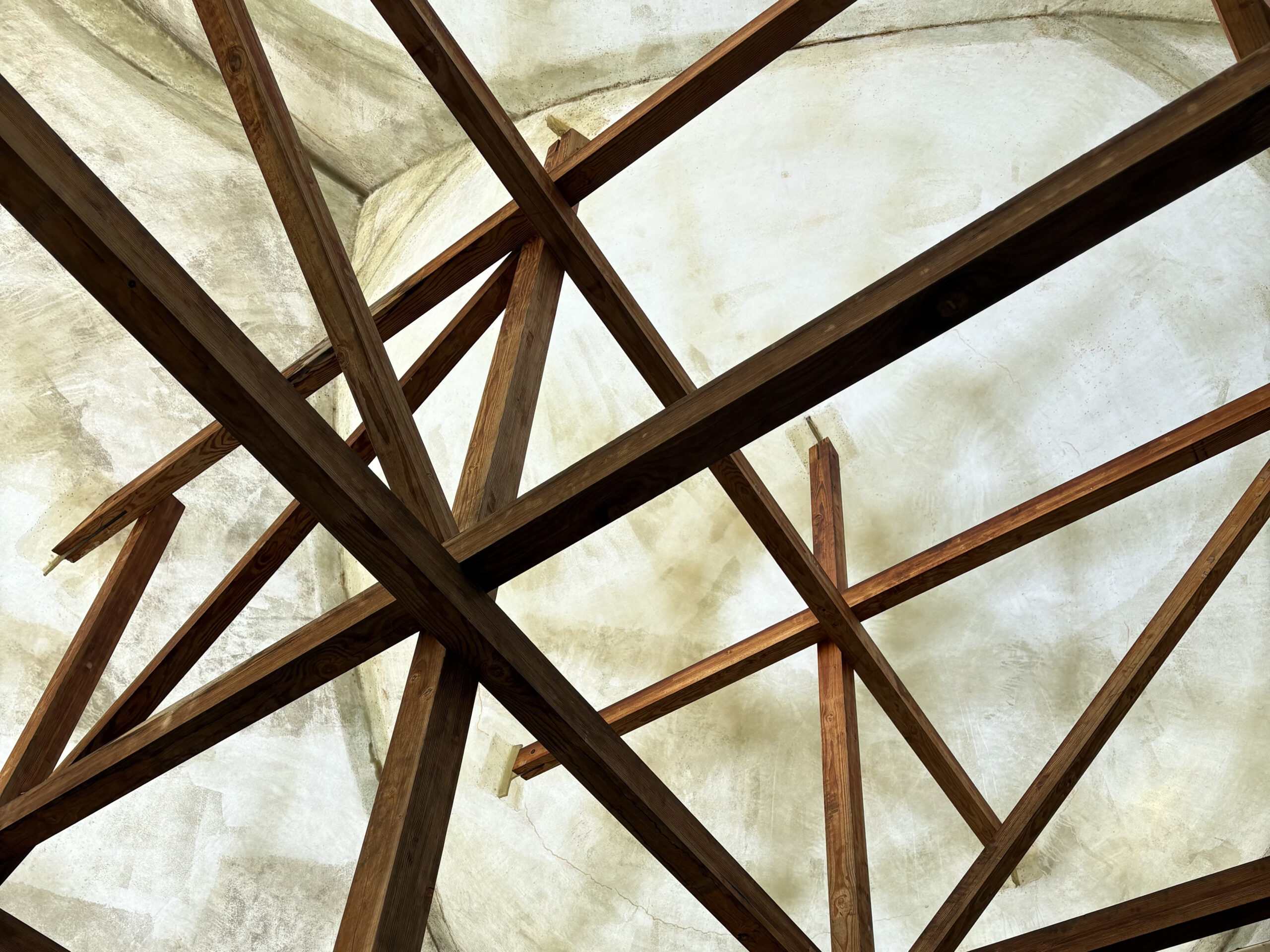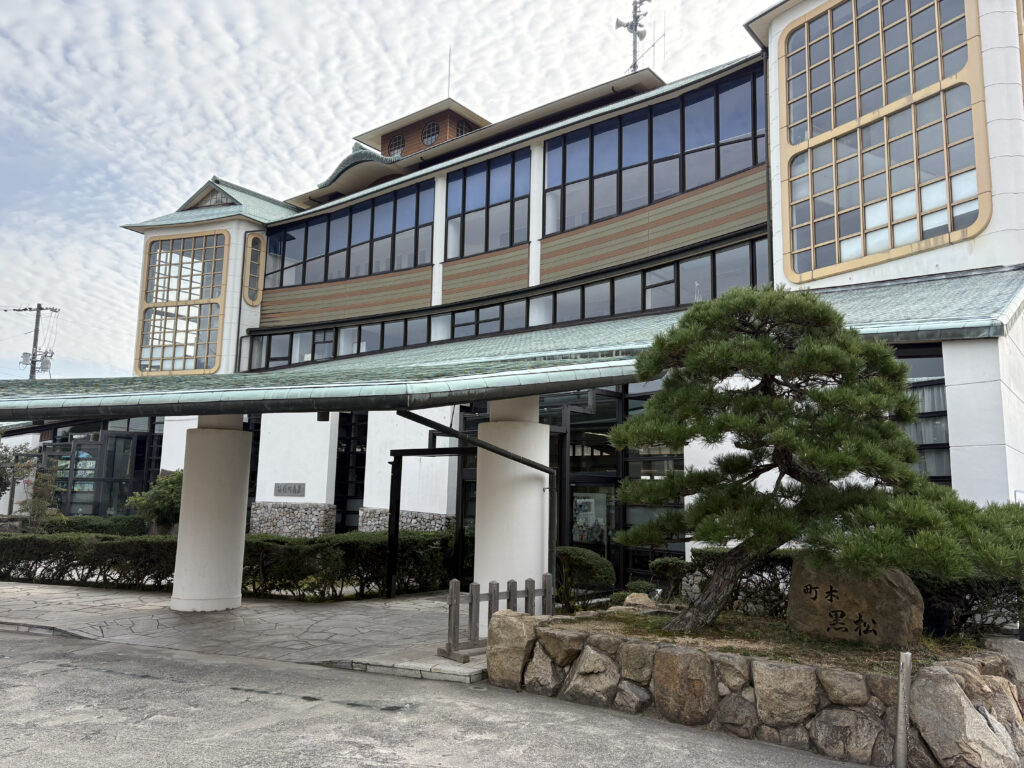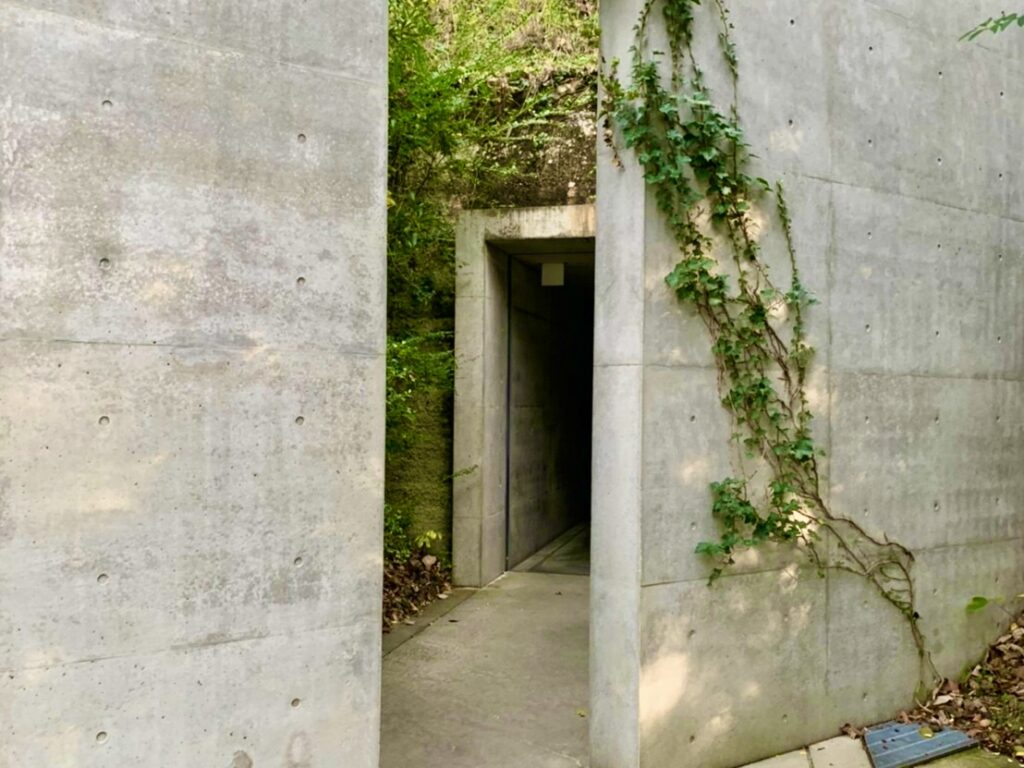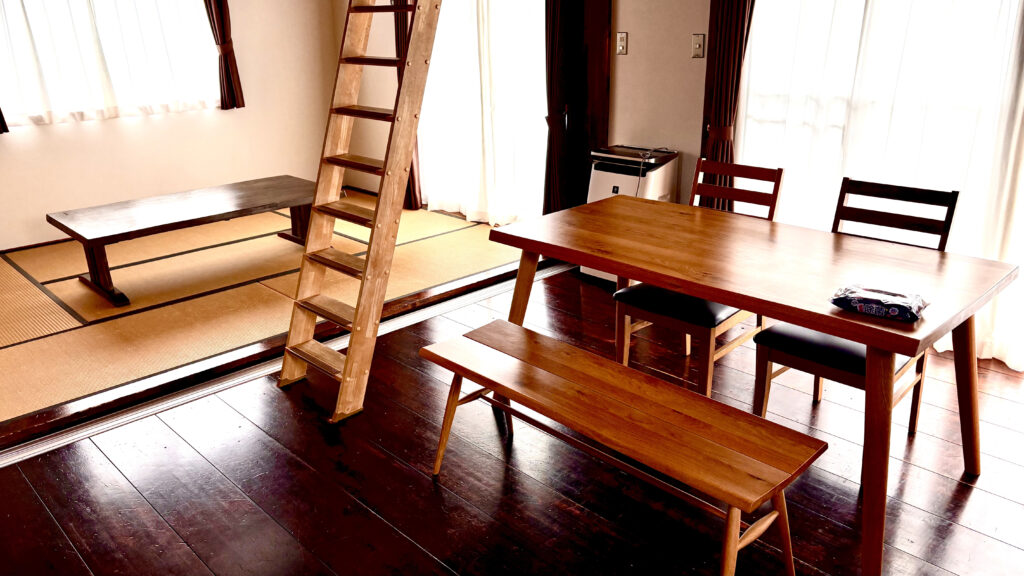The Skilled Use of Light in Naoshima

Buildings on Naoshima often feature designs that incorporate light, resulting in varying expressions depending on the time of day.
This method of utilizing light requires advanced technical expertise and precise calculation, showcasing the high level of architectural craftsmanship in Japan.
Perhaps the influence of Claude Monet, who was renowned for his mastery of light, also played a role in this.
1.Varying Light Expressions Throughout the Day

Naoshima’s architecture reveals different beautiful light patterns depending on the time of day.
In the mornings or evenings, soft light filters through, enhancing the building’s shape and materials, creating a distinct atmosphere from midday.
This use of light reflects a deep understanding and careful planning.
2.Advanced Techniques and Calculation

To effectively utilize light, the building’s orientation, materials, window sizes and shapes, and their relationship with the environment must be considered.
Naoshima’s architecture masterfully integrates these elements, allowing natural light to enhance spaces to their fullest. This level of technical expertise is what makes it possible.
3.Monet’s Influence and the Fusion with Japanese Architecture

The influence of artists like Claude Monet, who deeply explored light and color, may also be reflected in Naoshima’s architecture.
Monet’s pursuit of light and color could have shaped the Japanese architects’ approach to light, contributing to the unique qualities of Naoshima’s buildings.
The use of light in Naoshima’s architecture is a testament to Japan’s advanced architectural techniques and artistic sensibilities.
It is possible that Monet’s influence on the appreciation and mastery of light played a role in shaping the distinct character of these structures.
